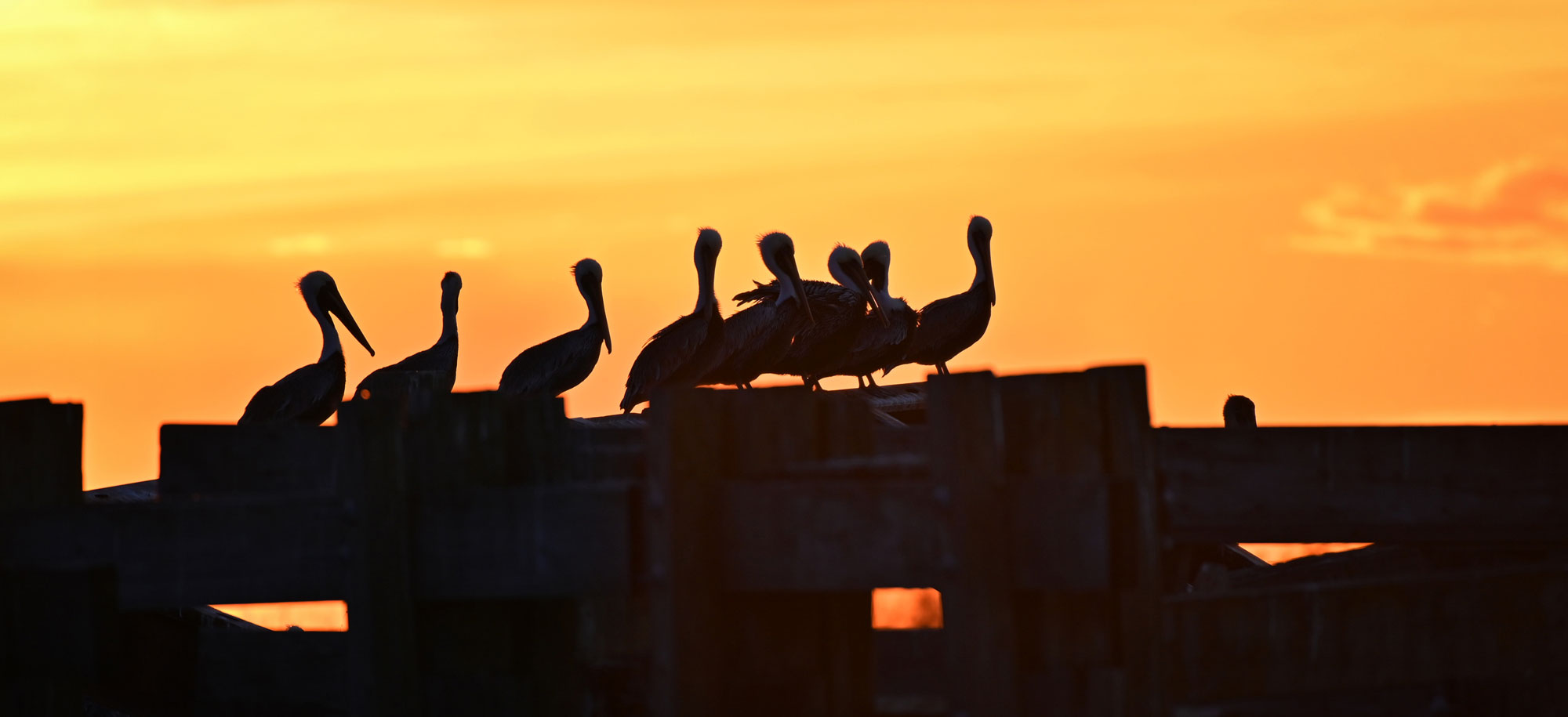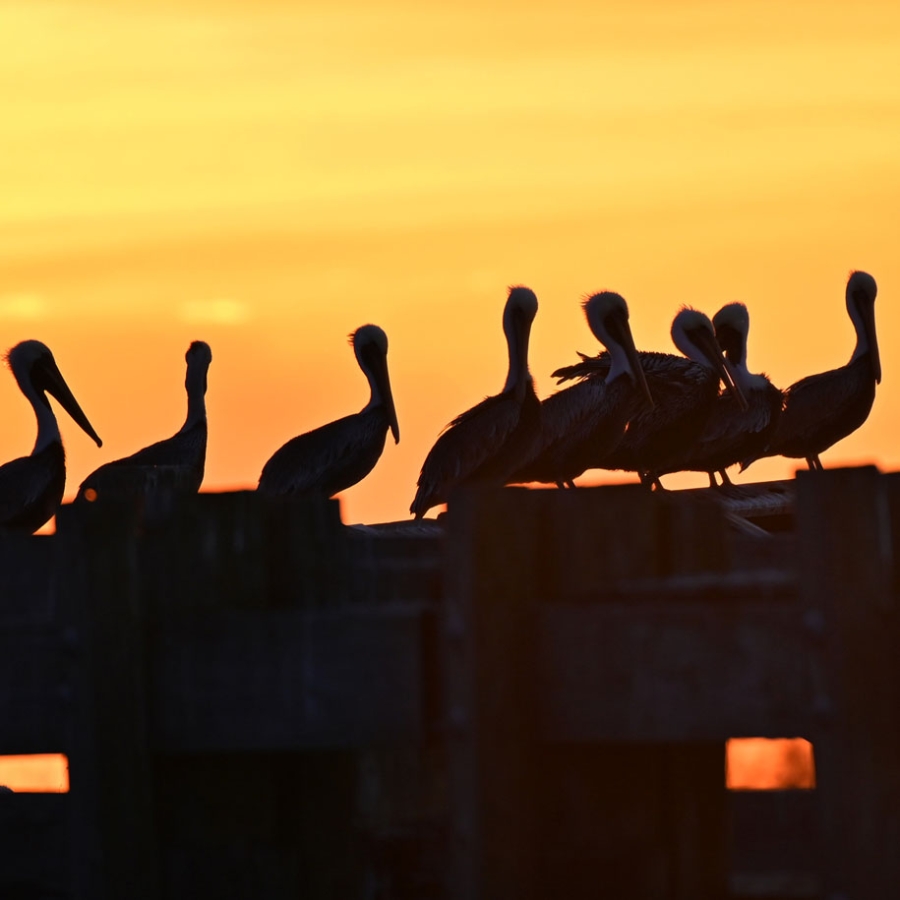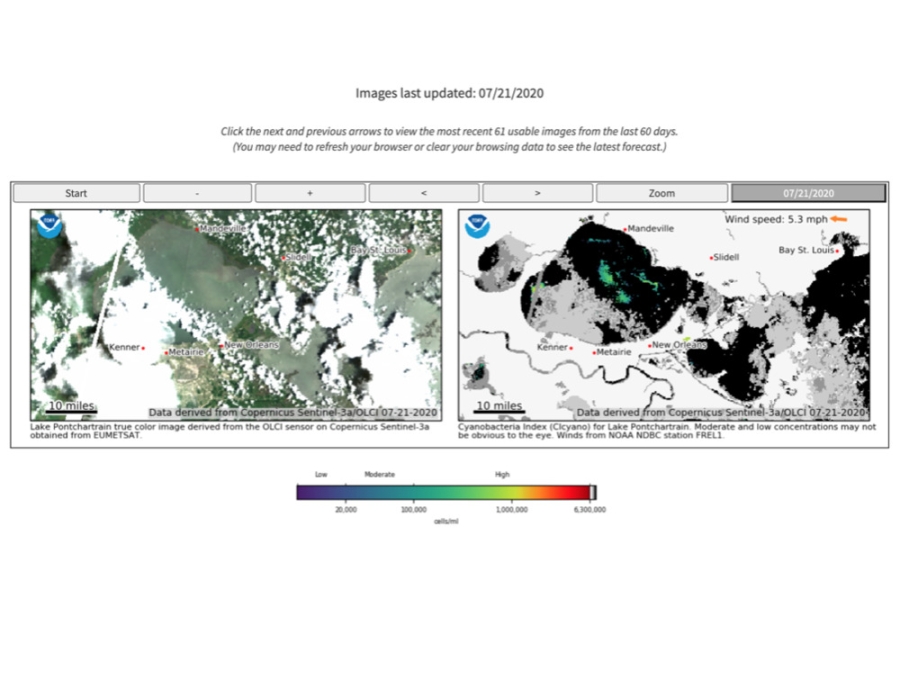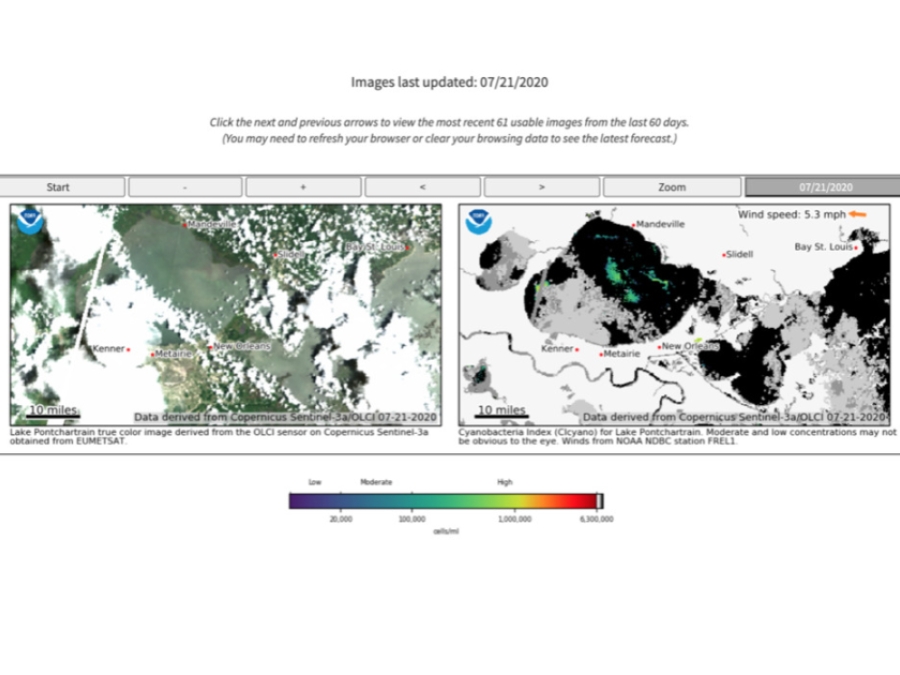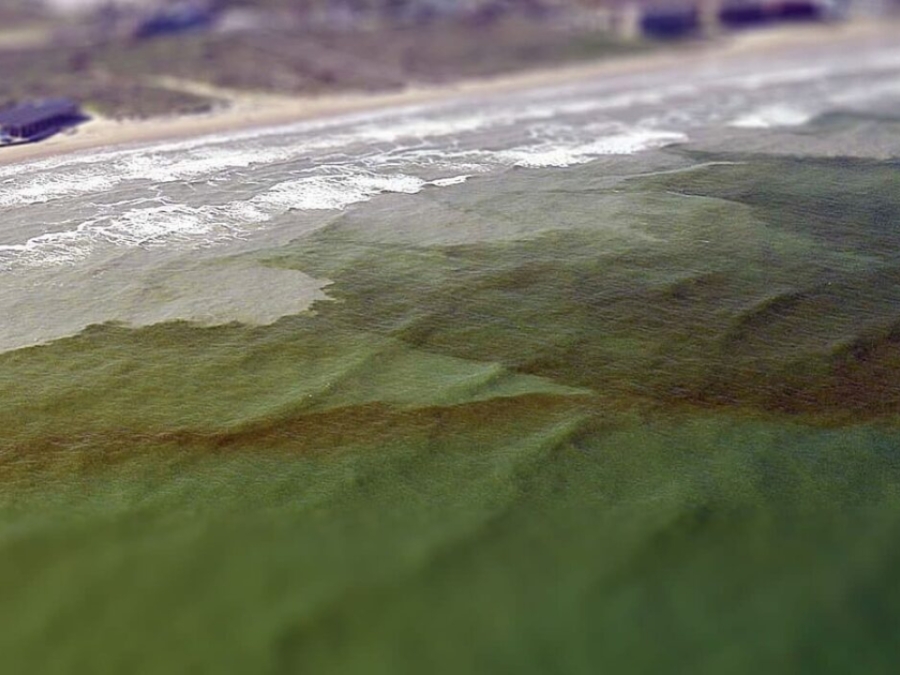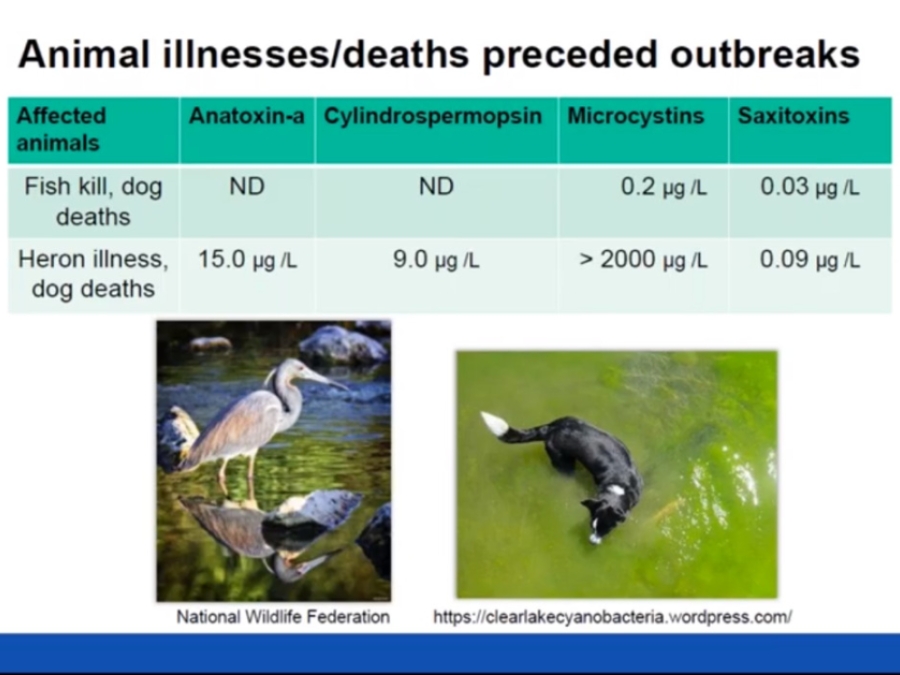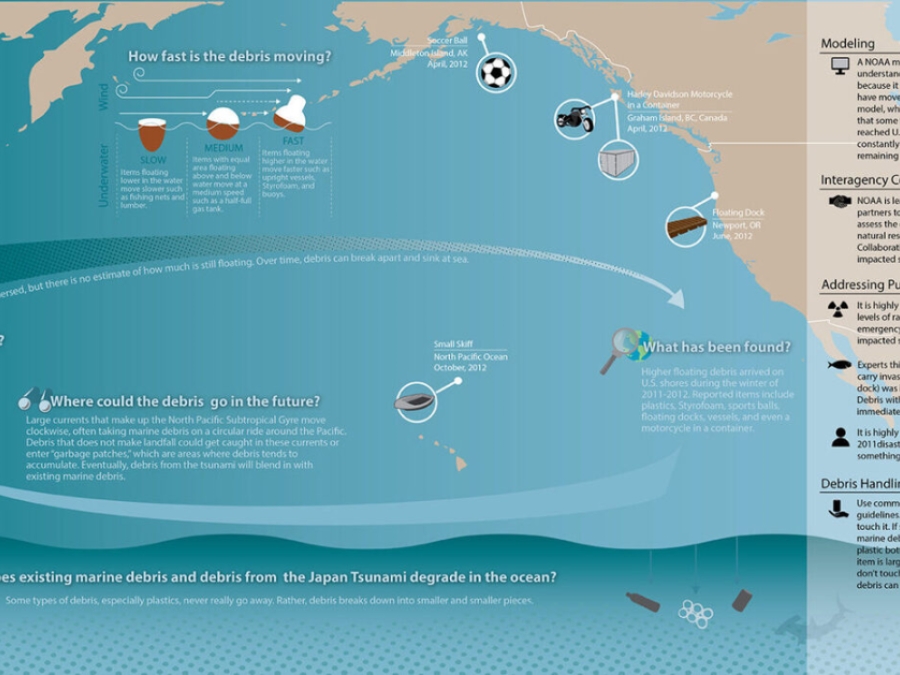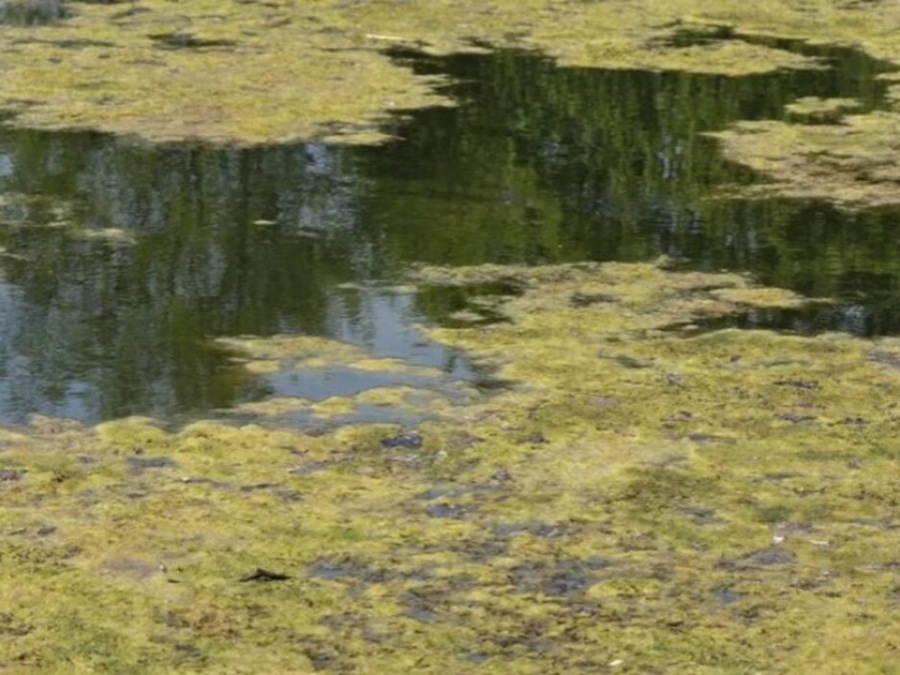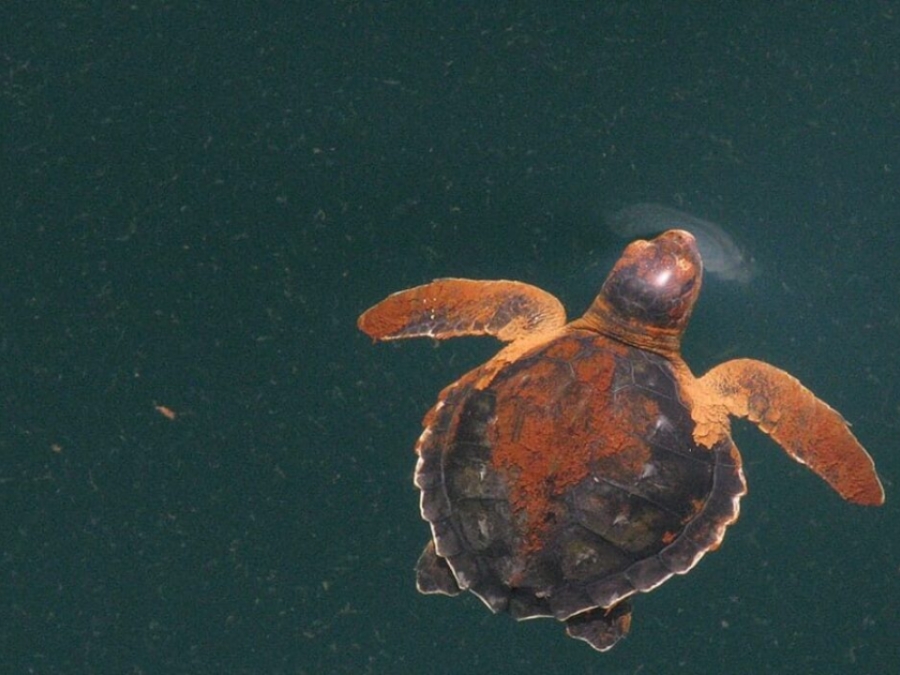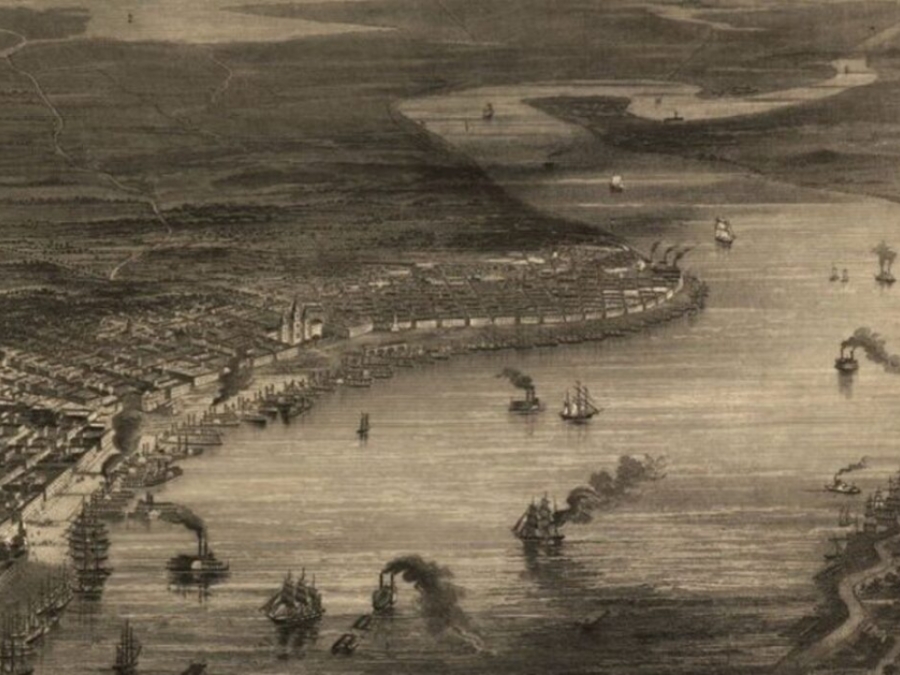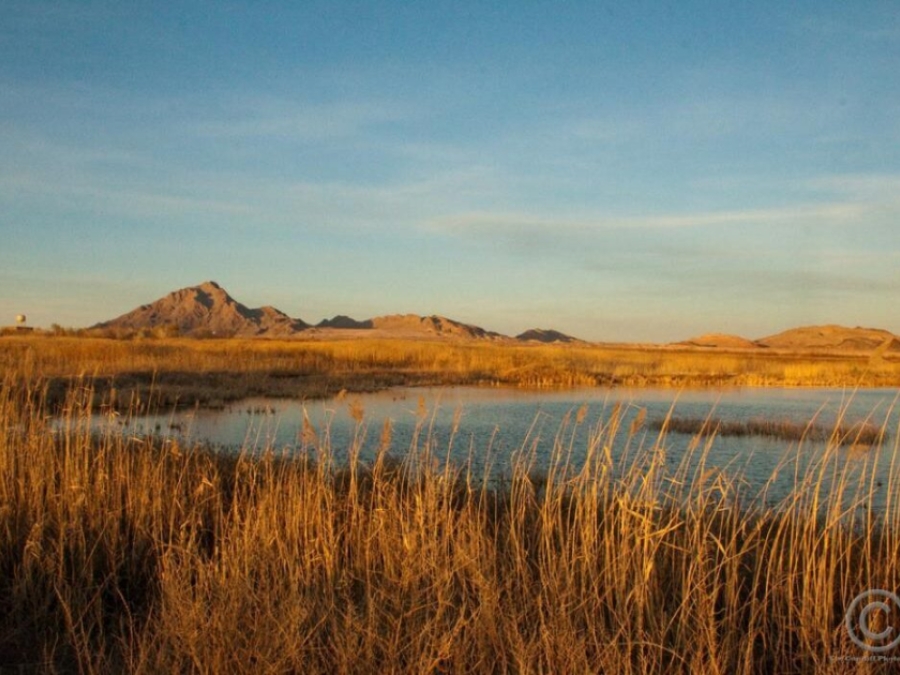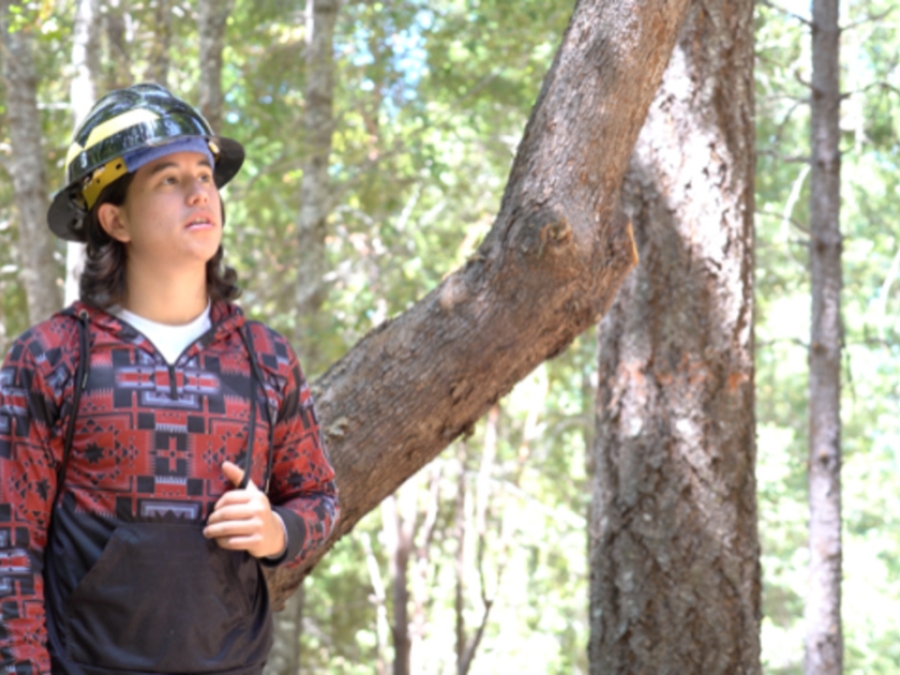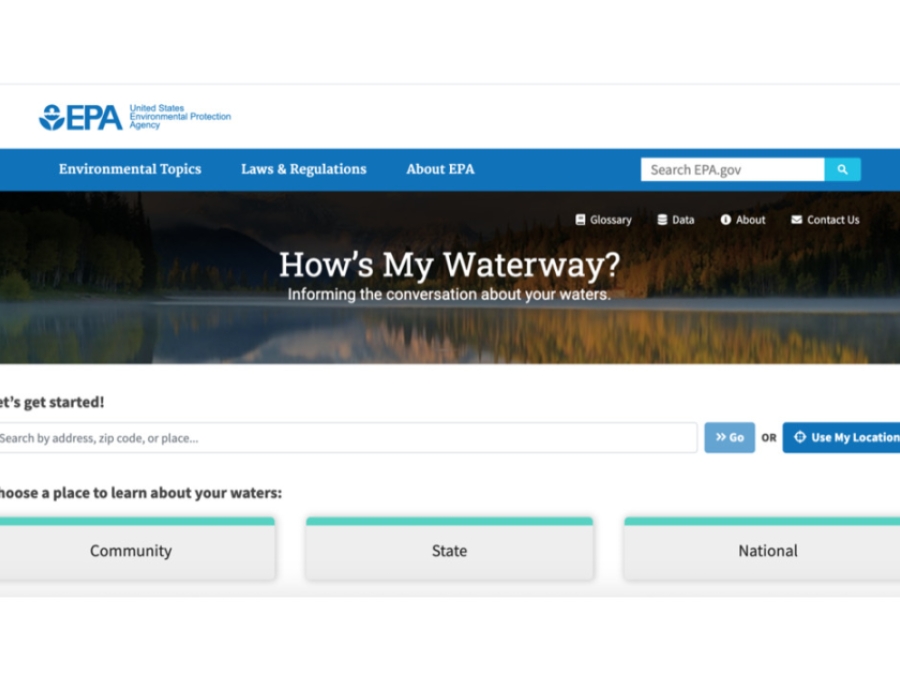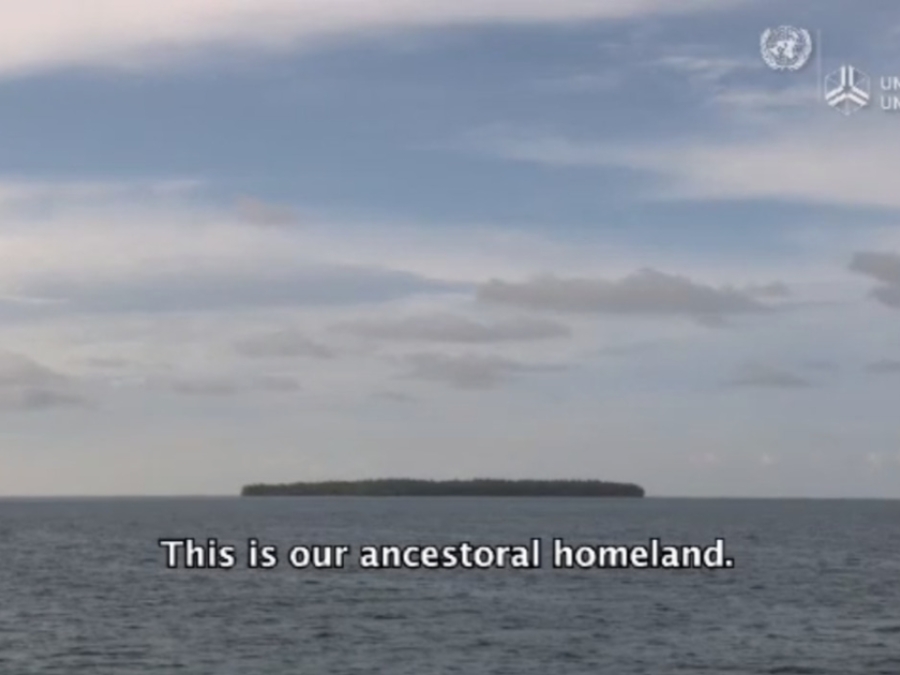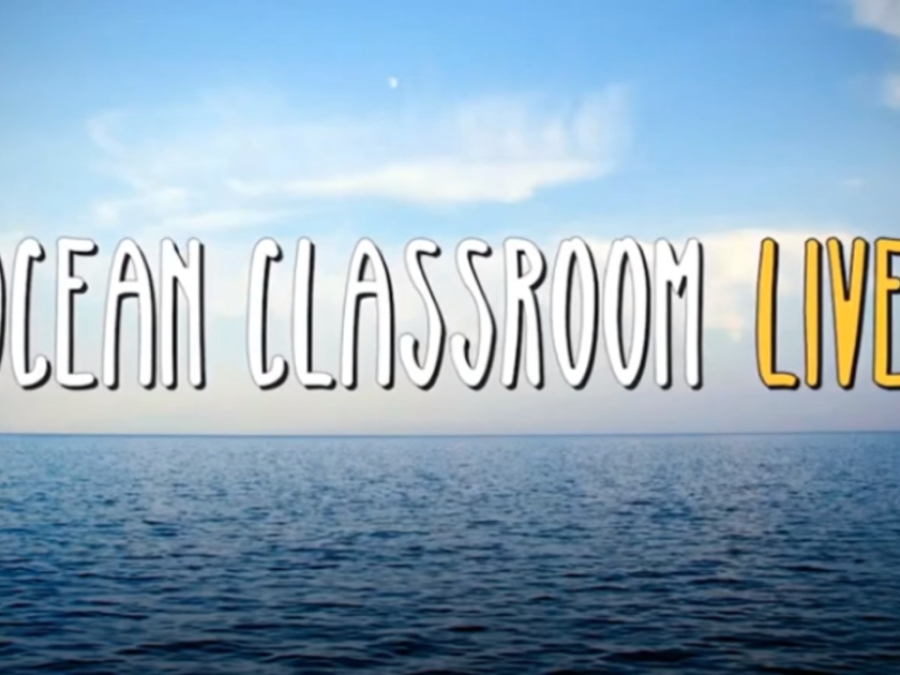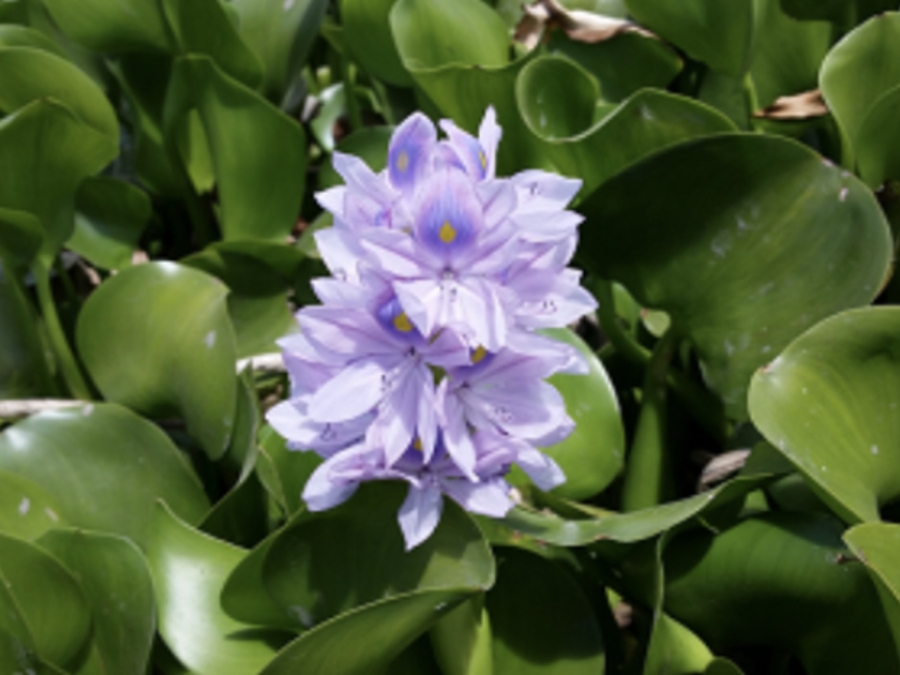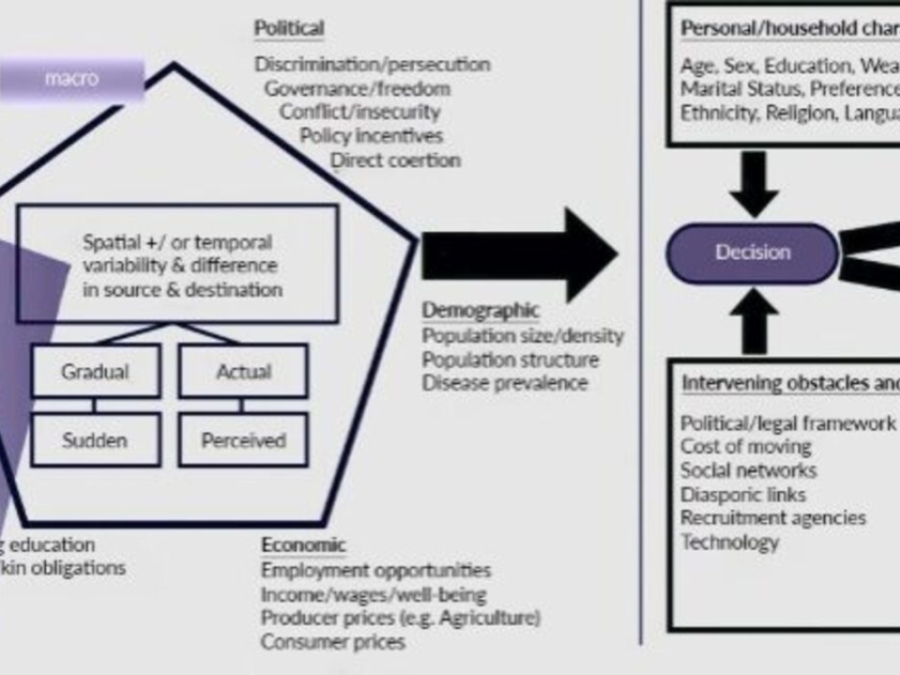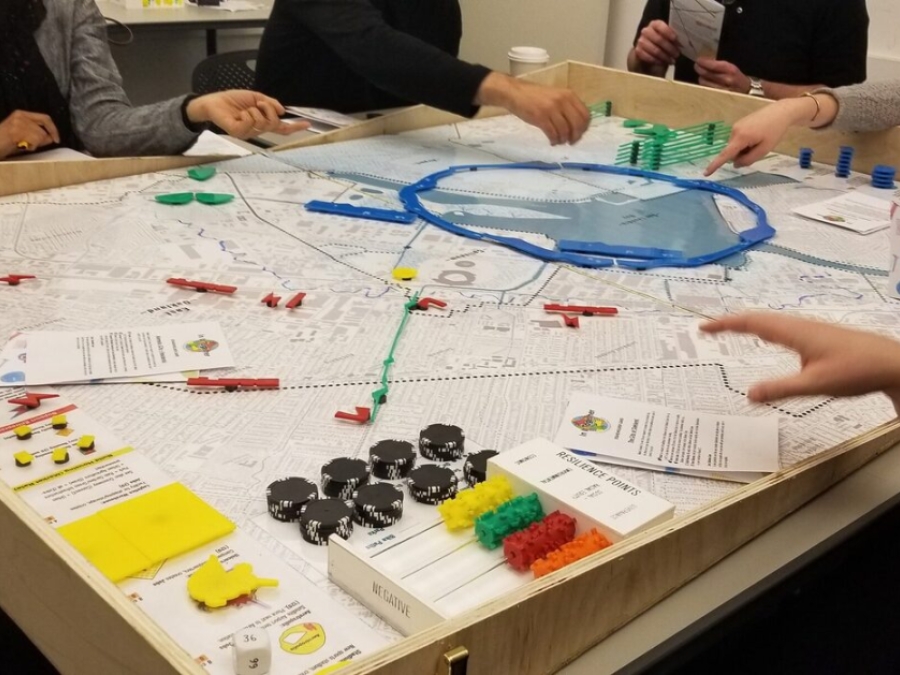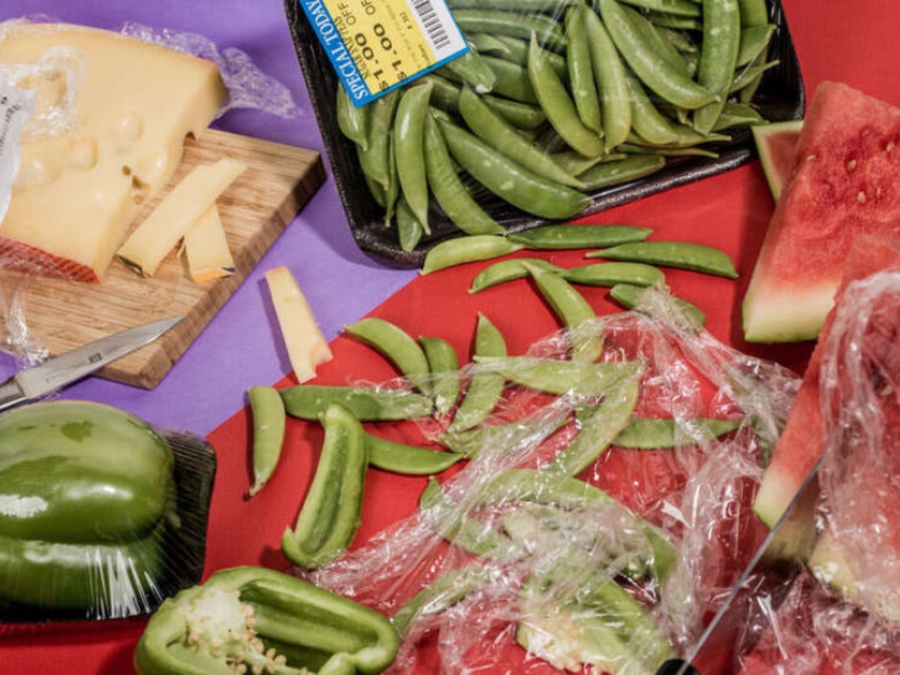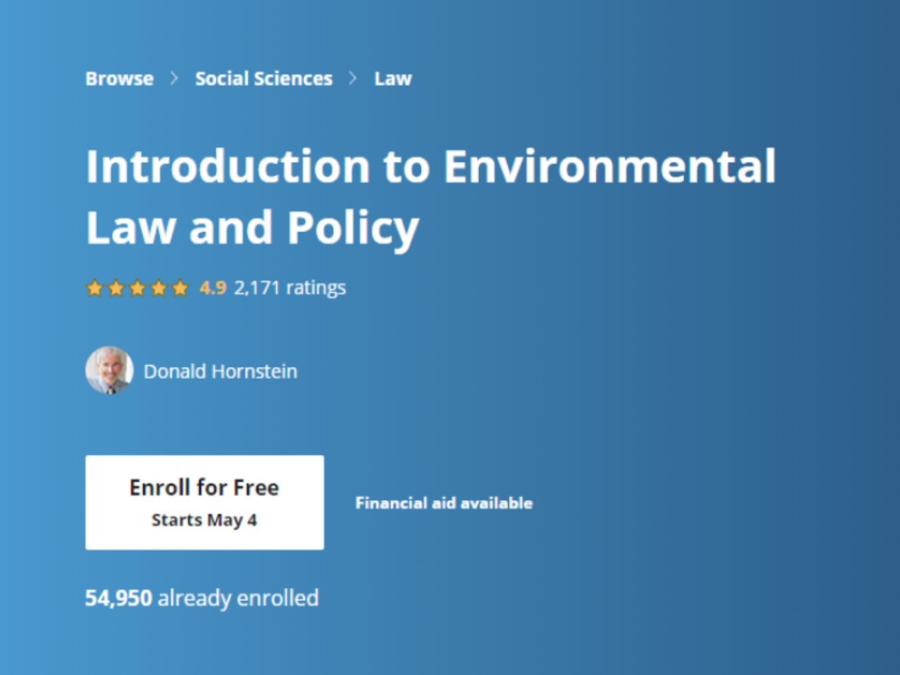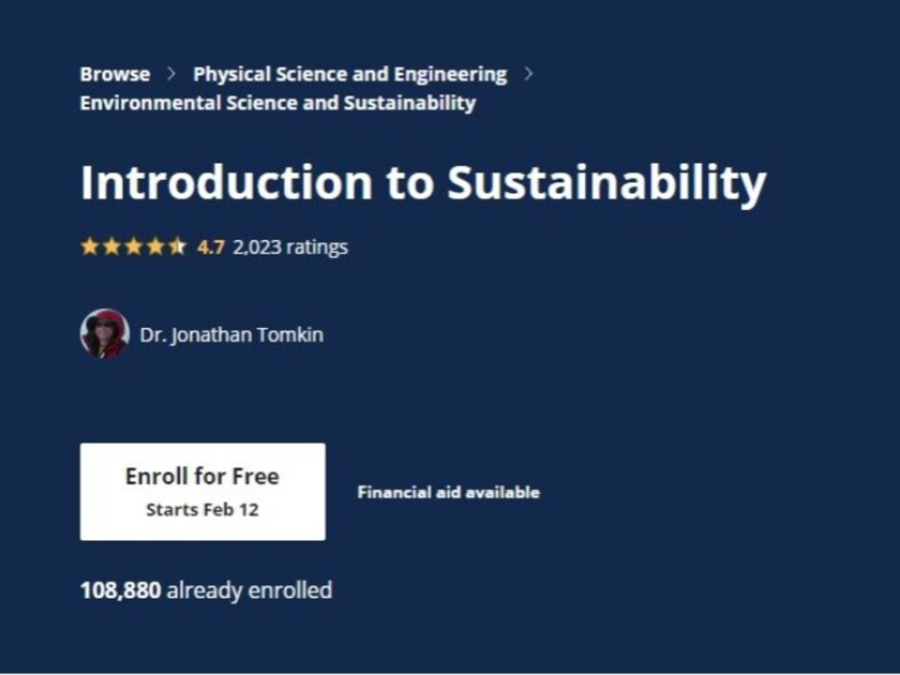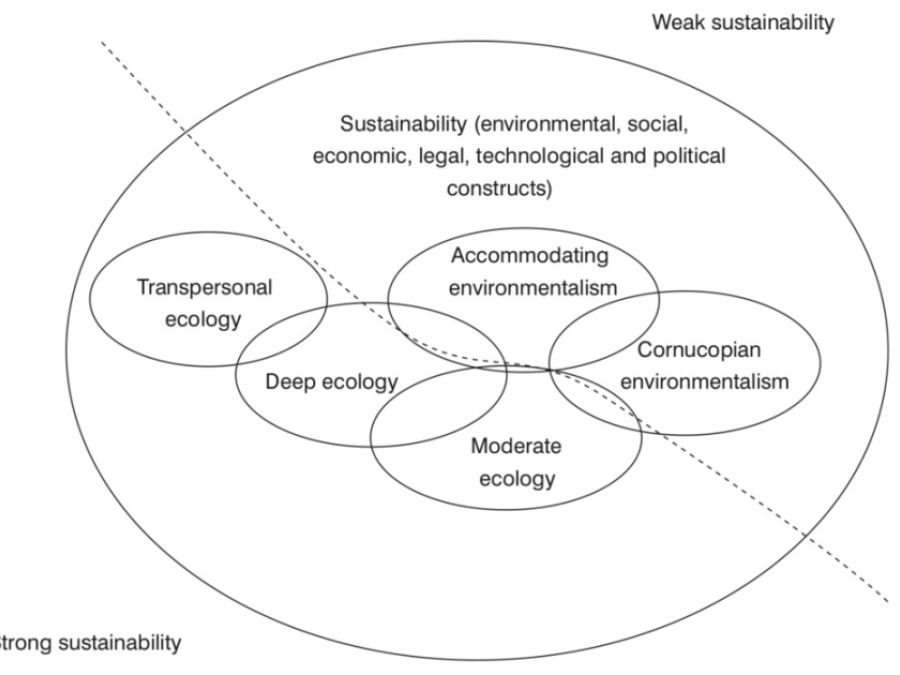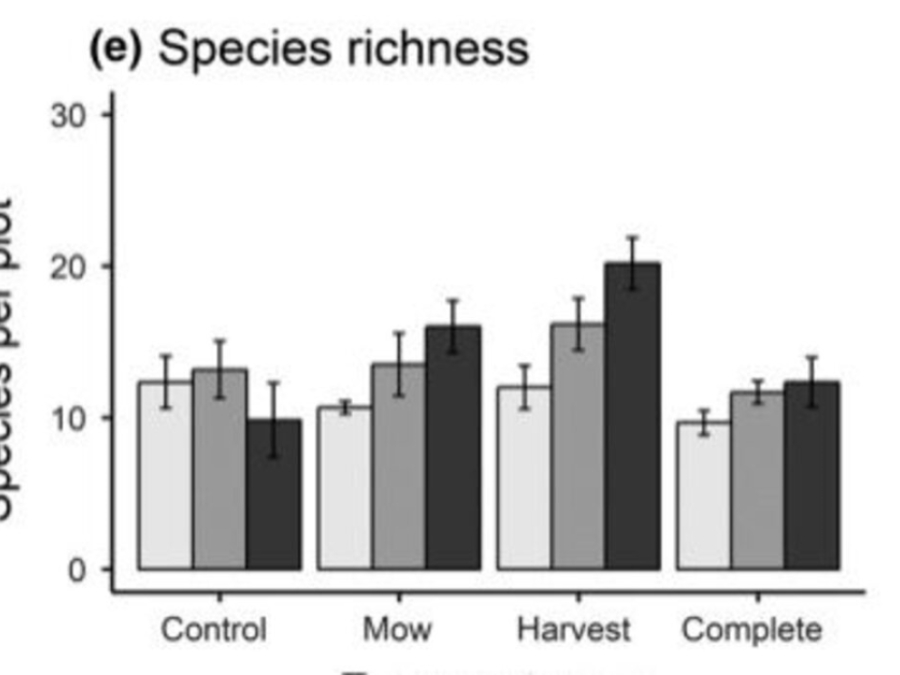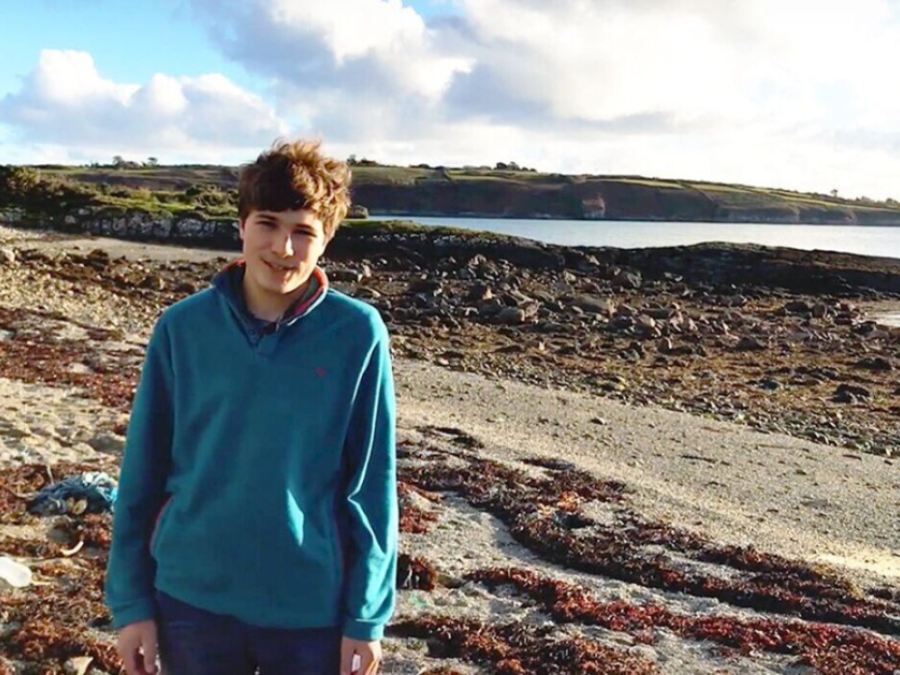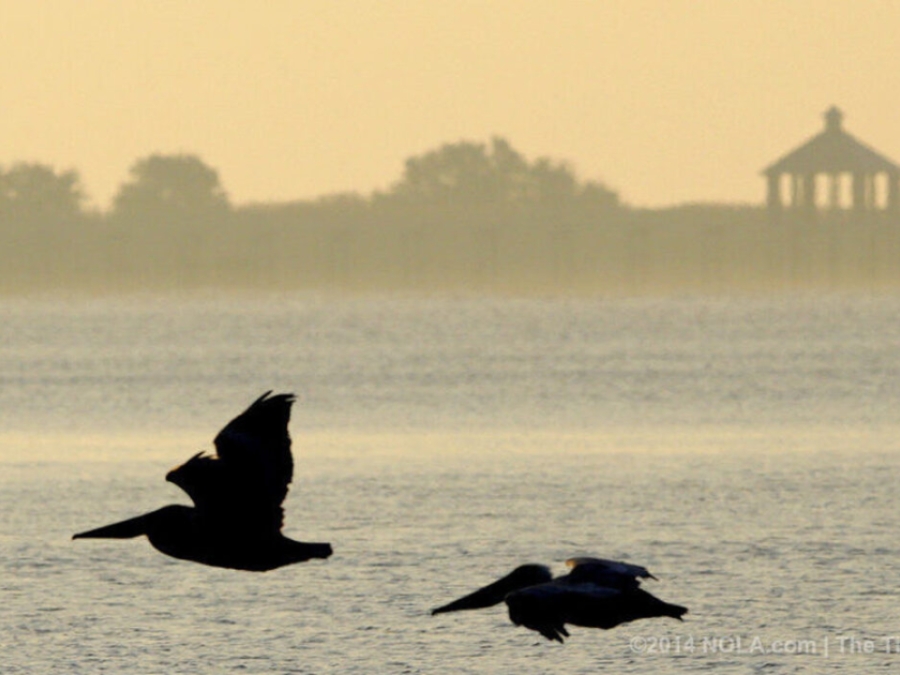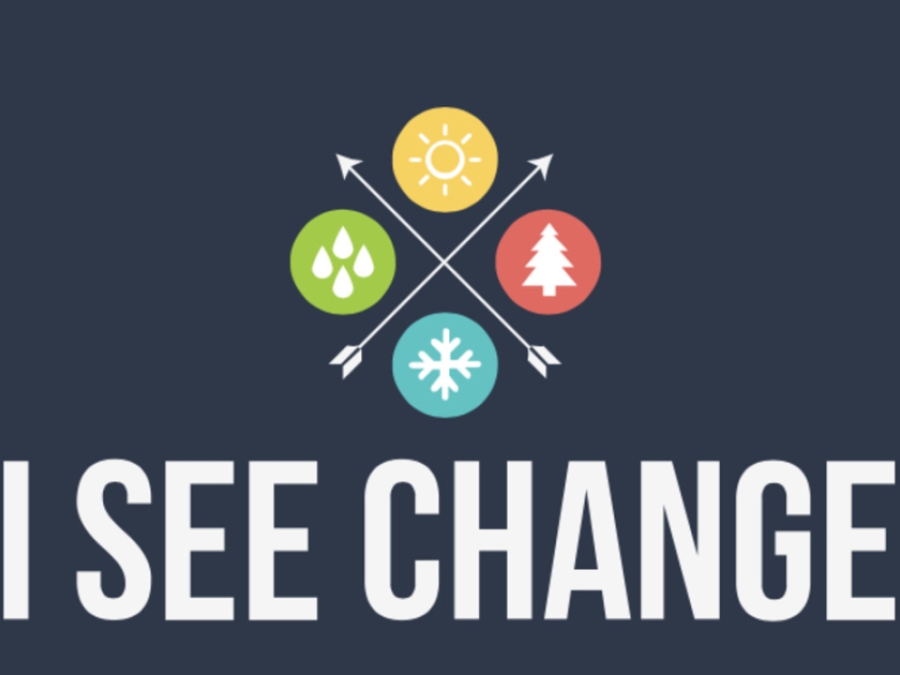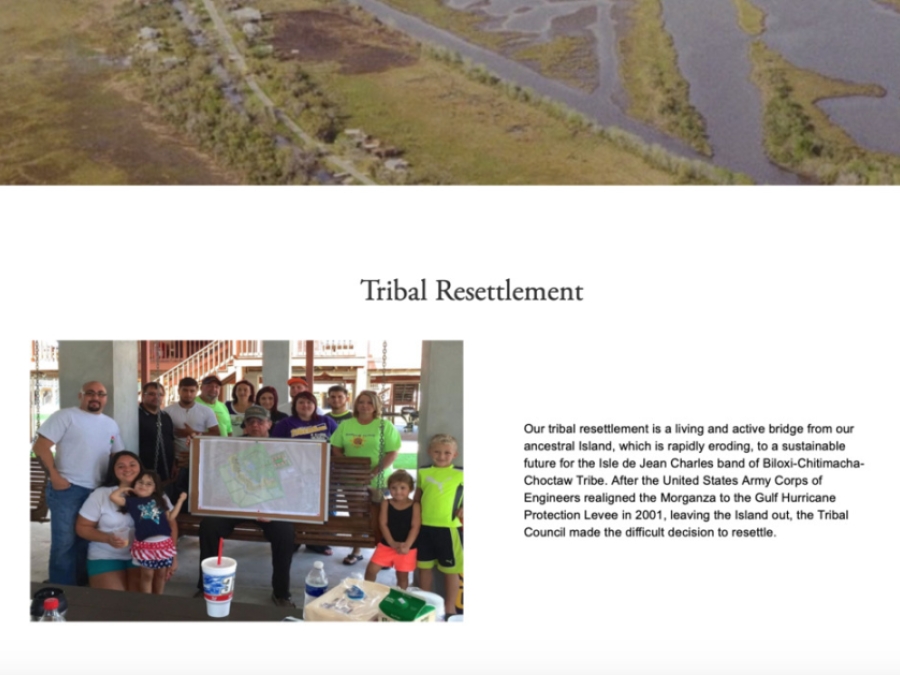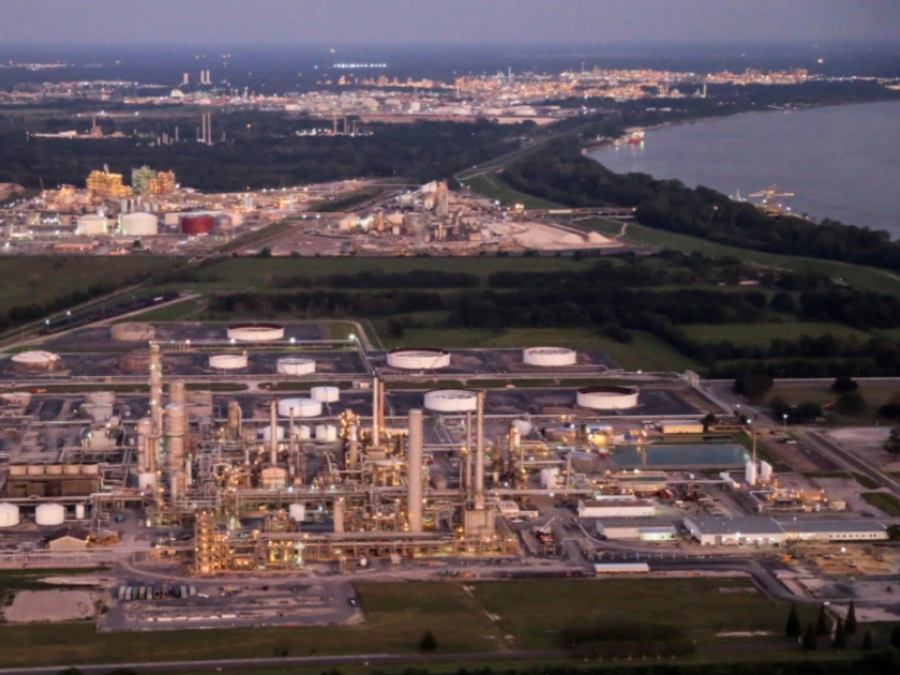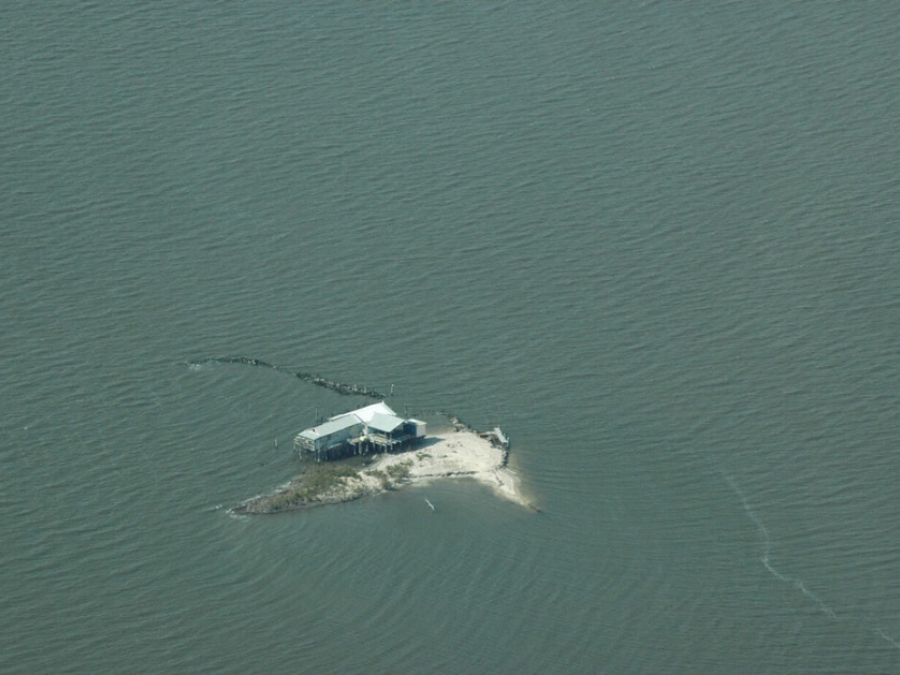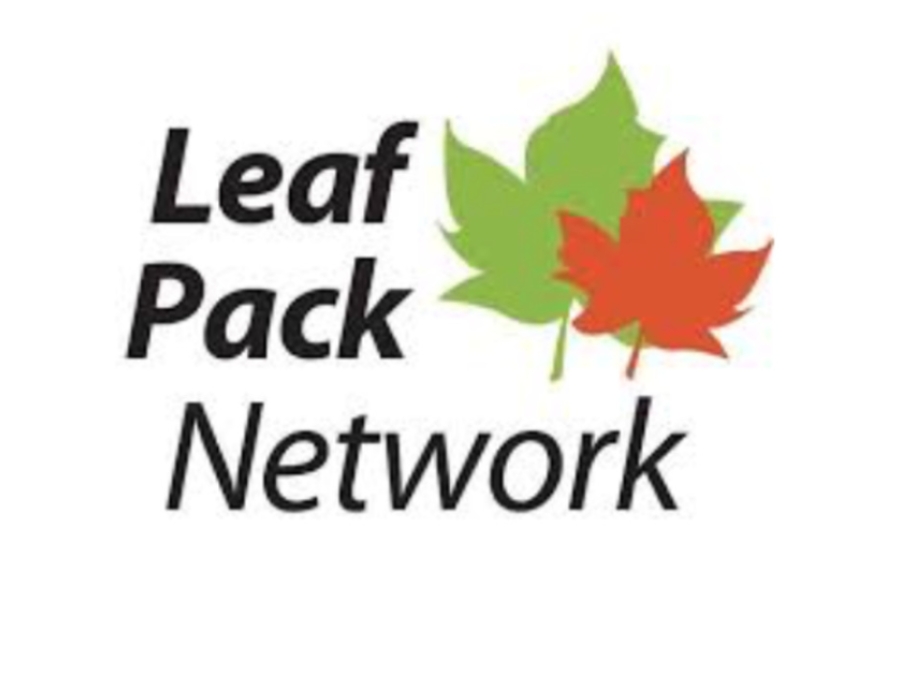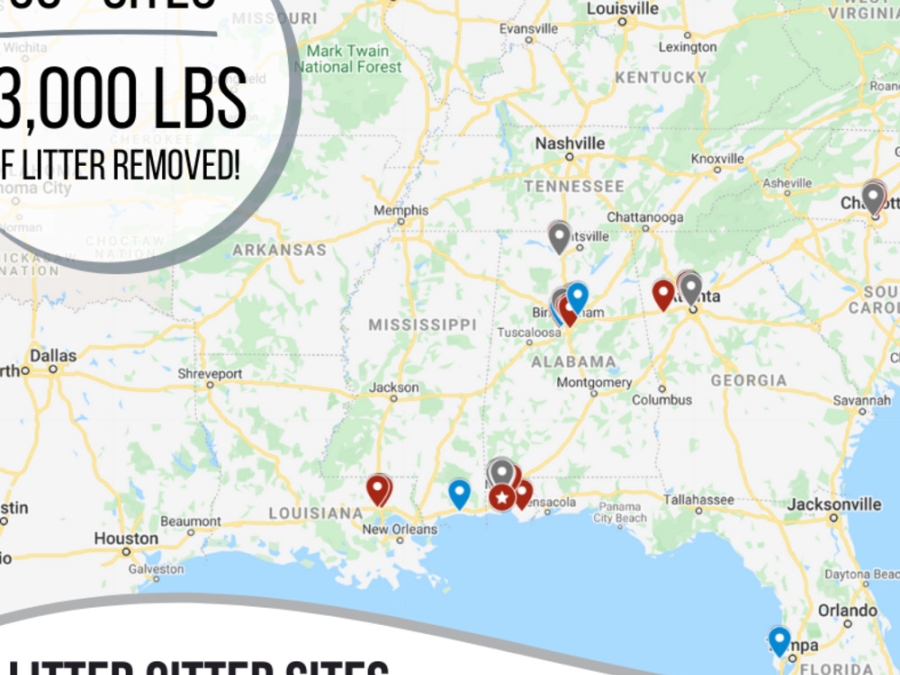Filter These Results +
Harmful Algal Bloom Monitoring
Harmful algal blooms (HABs), sometimes known as "red tide", occur when certain kinds of algae grow very quickly, forming patches, or "blooms", in the water. These blooms can emit powerful toxins which endanger human and animal health. Reported in every coastal state, HABs have caused an estimated $1 billion in losses over the last several decades to coastal economies that rely on recreation, tourism, and seafood harvesting. Blooms can lead to odors that require more costly treatment for public water supplies. NCCOS conducts and funds research that helps communities protect the public and combat blooms in cost-effective ways, and we are breaking new ground in the science of stopping blooms before they occur.
Harmful Algal Bloom Monitoring System
Harmful algal blooms (HABs), sometimes known as "red tide", occur when certain kinds of algae grow very quickly, forming patches, or "blooms", in the water. These blooms can emit powerful toxins which endanger human and animal health. Reported in every coastal state, HABs have caused an estimated $1 billion in losses over the last several decades to coastal economies that rely on recreation, tourism, and seafood harvesting. Blooms can lead to odors that require more costly treatment for public water supplies. NCCOS conducts and funds research that helps communities protect the public and combat blooms in cost-effective ways, and we are breaking new ground in the science of stopping blooms before they occur.
Harmful Algal Bloom: Tiny Organism With A Toxic Punch
Harmful algal blooms (HABs) occur when algae - simple photosynthetic organisms that live in the sea and freshwater - grow out of control while producing toxic or harmful effects on people, fish, shellfish, marine mammals, and birds. There are many kinds of HABs, caused by a variety of algal groups with different toxins. The HABs in fresh and marine waters are usually very different, but they overlap in low salinity estuaries (places where rivers meet the sea). ... States have rigorous monitoring programs to ensure that commercially harvested fish and shellfish are safe to eat. HABs have been reported in every U.S. coastal state, and their occurrence may be on the rise. HABs are a national concern because they affect not only the health of people and marine ecosystems, but also the "health" of local and regional economies.
Health Effects Associated With Harmful Algal Bloom And Algal Toxins
Cyanobacteria HABs (CyHABs or CyanoHABs) typically occur in nutrient rich, warm surface water bodies and can produce potent toxins. Occurrence of CyHABs is increasing globally, and blooms are accompanied by sporadic reports of human and animal illnesses and deaths. This webinar will summarize the state of the science and describe how a One Health approach to CyHABs can inform human health risks.
Health Effects Associated With Harmful Algal Blooms And Algal Toxins
Cyanobacteria HABs (CyHABs or CyanoHABs) typically occur in nutrient rich, warm surface water bodies and can produce potent toxins. Occurrence of CyHABs is increasing globally, and blooms are accompanied by sporadic reports of human and animal illnesses and deaths. This webinar will summarize the state of the science and describe how a One Health approach to CyHABs can inform human health risks.
Hide And Seek Activity Guide
This activity guide introduces the topic of hide and seek and the activities allow you to explore the importance of complex environments for marine life.
Home Buyout Program
Learn more information about the Flood Control District Voluntary Home Buyout Program, why buyouts are necessary in Harris County, requirements for a home buyout, and how the buyout process works.
Homeowners Elevate Houses
Elevating a home for flood protection is a major task that can be expensive and lead to many anxious moments, but it can also give homeowners a sense of security when the next tropical storm comes ashore. LSU AgCenter correspondent Craig Gautreaux has the story of a historic home that is being raised to protect it from future storms.
How A Delta Is Formed
Since the beginning of human civilization, people have settled along rivers and on the fertile deltas created by them. The sediment carried and deposited by mighty rushing waters creates land rich in nutrients and ideal for crops and livestock. Where there are uninhibited rivers, there is new, rich land, and where such resources abound there are people.
How Climate Change Is Driving Mass Migration
Climate change is forcing more and more people to flee their homes because of flooding, drought and extreme weather. Sub-Saharan Africa and low-lying coastal regions are especially at risk. Experts believe that millions of people will be displaced by climate change over the next half century. In Indonesia people are already affected by rising sea levels.
How Do Natural Disasters Contribute To Marine Debris
Natural disasters such as hurricanes, tropical storms, tsunamis, and landslides have the potential to generate a tremendous amount of marine debris. The high winds, heavy rains, storm surge, and flooding associated with these disasters can pull large structures, household articles, and outdoor items into surrounding waters.
How Do Phosphate Affect Water Quality?
Phosphates are chemicals containing the element phosphorous, and they affect water quality by causing excessive growth of algae. About 3 1/2 pounds of phosphates per person enter the environment in the United States annually from farms, yards, waste water and factory waste. Phosphates in water feed algae, which grow out of control in water ecosystems and create imbalances, which destroy other life forms and produce harmful toxins.
How Do We Clean Up Oil Spills?
When oil is spilled into the ocean, it has some devastating effects on the ecosystem. How do we clean it up?
How Does Oil Impact Marine Life?
Oil spills are harmful to marine birds and mammals as well as fish and shellfish. Oil destroys the insulating ability of fur-bearing mammals, such as sea otters, and the water repellency of a bird's feathers, thus exposing these creatures to the harsh elements. Without the ability to repel water and insulate from the cold water, birds and mammals will die from hypothermia.
How Humans Sank New Orleans
Below sea level. It's a universally known topographical factoid about the otherwise flat city of New Orleans, and one that got invoked ad nauseam during worldwide media coverage of Hurricane Katrina and its catastrophic aftermath in 2005. Locally, the phrase is intoned with a mix of civic rue and dark humor. It's also off by half. Depending on where exactly one frames the area measured, roughly 50 percent of greater New Orleans lies above sea level. That's the good news. The bad news: It used to be 100 percent, before engineers accidentally sank half the city below the level of the sea. Their intentions were good, and they thought they were solving an old problem. Instead, they created a new and bigger one.
How Hurricans Shape Wetlands In Southern Louisiana
While hurricanes aren't likely to entirely remove the wetlands, they are able to do significant damage. Their powerful winds, rainfall and rushing floodwater can do enough harm to permanently remove land. The pounding surf can break down marshes' soft sediments and thick mats of dead grass, which are pliable and easily reshaped. Sometimes channels of fast-moving water flow to inland areas, which never again dry up - contributing to permanent land loss. Rushing wind and water can compact or move mats of grass and mud, while carrying smaller clumps of dead marsh plants to interior marshes or shorelines. And when saltwater floods into freshwater marshes, the wetland plants and animals can undergo temporary or long-term changes as the water chemistry changes around them.
How Levee Wars Make Floods Worse
In our latest Vox + ProPublica collaboration, we dive into how a structure that's designed to protect us from floods, may actually be making them worse. High levees come at a high cost, often pushing water into communities that can't afford the same protection. To demonstrate, we built a giant, scientific model of a river with levees - complete with adorable tiny houses.
How Native American Communities Are Addressing Climate Change
Indigenous peoples are one of the most vulnerable communities when it comes to the effects of climate change. This is due to a mix of cultural, economic, policy and historical factors. Some Native American tribal governments and councils have put together their own climate risk assessment plans. Native American communities are very diverse - and the challenges and adaptations are just as varied. Professor Kyle Whyte, a tribal member of the Citizen Potawatomi Nation, says that many of the species and food resources that are affected by climate change are also important cultural pieces, which are integral to the identity and cohesion of tribes.
How The Climate Crisis Will Force A Massive American Migration
The climate crisis will profoundly interrupt the way we live and farm in the United States. Extreme heat, massive floods and more fires may force millions of people to move - and millions may be left behind.
How To Cleanse You Beauty Regime
Every year five million to 14 million tons of plastic flow into the oceans from coastal areas. And every time you brush your teeth, wash your face, or take a shower, you could be sending more microplastics down the drain." This video offers some ways that consumers can limit their use of microplastics by making informed and responsible purchases
How's My Waterway
How's My Waterway? was designed to provide the general public with information about the condition of their local waters based on data that states, federal, tribal, local agencies and others have provided to EPA. Water quality information is displayed on 3 scales in How's My Waterway; community, state and national. More recent or more detailed water information may exist that is not yet available through EPA databases or other sources.
How's My Waterway?
How's My Waterway? was designed to provide the general public with information about the condition of their local waters based on data that states, federal, tribal, local agencies and others have provided to EPA. Water quality information is displayed on 3 scales in How's My Waterway; community, state and national. More recent or more detailed water information may exist that is not yet available through EPA databases or other sources.
How-To Guide For Environmental Refugees
Carterets' people are facing, and will continue to face, many challenges as we relocate from our ancestral grounds. However, our plan is one in which we remain as independent and self-sufficient as possible. We wish to maintain our cultural identity and live sustainably wherever we are. While we call on the Papua New Guinea government to develop policy, we are not sitting by. Instead, we now want to see the media headlines translate into practical assistance for our relocation program. And we hope our carefully designed and community-led action plan can serve as a model for communities elsewhere that will be affected by climate change in the future.
Hurricanes And Rising Seas: Coastal Flooding In An Uncertain Future
With rising sea levels, coastal environments and communities are increasingly vulnerable to flooding from strong storms, including hurricanes. Join Teresa Crean from RI Sea Grant and URI's Coastal Resources Center and host Holly Morin of the Inner Space Center for a live discussion about climate change, coastal storms and the tools to help us prepare for flooding in an uncertain future.
Hypoxia (Podcast)
Connect with ocean experts and explore topics from corals to coastal science with our audio podcast." This episode is all about hypoxia
Identify An Aquatic Weed
Descriptions of floating and submersed aquatic weeds approved and not approved for control are available below.
Impacts Of Climate Change As Drivers Of Migration
Media outlets, think tanks, researchers, and advocacy groups are increasingly raising the specter that climate change will cause mass migration via its spiraling impacts on agriculture, water resources, and infrastructure, particularly in the developing world. More than just speculation about the future, however, environmental migration is already here.
Importance Of Mangrove Forests
Mangrove ecosystems provide a multitude of goods and services for people, including: provision of food and clean water (provisioning services), influence climate regulation, soil composition regulation and disaster risk reduction (regulating services), and recreational and spiritual space (cultural services).
In It Together' Game
The In It Together game is a serious game that brings stakeholders together around a map of the Estuary to cooperatively explore adaptation strategies, weigh their tradeoffs, and achieve greater local resilience. The aim of the game is to educate and spark conversations about how climate change impacts Estuary neighborhoods. Players represent diverse communities and agencies within the Estuary, each with unique goals to build long-term resilience and meet immediate-term needs.
Indigenous Knowledge Meets Science
To tackle a problem as large as climate change, we need both science and Indigenous wisdom, says environmental activist Hindou Oumarou Ibrahim. In this engaging talk, she shares how her nomadic community in Chad is working closely with scientists to restore endangered ecosystems -- and offers lessons on how to create more resilient communities.
Indigenous Sovereignty
The Sogorea Te' Land Trust, in East Oakland is an urban Indigenous women-led community organization that facilitates the return of Chochenyo and Karkin Ohlone lands in the San Francisco Bay Area to Indigenous stewardship.
Interactive Plastics Recycling
Every year, the average American goes through more than 250 pounds of plastic waste, and much of that comes from packaging. So what do we do with it all? Your recycling bin is part of the solution, but many of us are confused about what we should be putting in there. What's recyclable in one community could be trash in another.
Introduction To Environmental Law And Policy
Environmental law may be the one institution standing between us and planetary exhaustion. It is also an institution that needs to be reconciled with human liberty and economic aspirations. This course considers these issues and provides a tour though existing legal regimes governing pollution, water law, endangered species, toxic substances, environmental impact analyses, and environmental risk.
Introduction To Environmental Law And Policy
Environmental law may be the one institution standing between us and planetary exhaustion. It is also an institution that needs to be reconciled with human liberty and economic aspirations. This course considers these issues and provides a tour though existing legal regimes governing pollution, water law, endangered species, toxic substances, environmental impact analyses, and environmental risk.
Introduction To Sustainability
This course introduces the academic approach of Sustainability and explores how today's human societies can endure in the face of global change, ecosystem degradation and resource limitations. The course focuses on key knowledge areas of sustainability theory and practice, including population, ecosystems, global change, energy, agriculture, water, environmental economics and policy, ethics, and cultural history
Introduction To Sustanable Property Development
The built environment in general and property development in particular, have significant impacts on all aspects of sustainability, economic, social and environmental. The development process impacts on resource consumption, energy use, biodiversity, water consumption and water course patterns, waste production and the physical design and impact of urban spaces. This book examines the impacts that property development has at each stage of the process and identifies ways in which developers can reduce negative impacts and furthermore, how they can contribute positively to mitigate issues facing society such as climate change.
Invasive Species Removal Increases Species And Phylogenetic Diversity Of Wetland Plant Communities
Plant invasions result in biodiversity losses and altered ecological functions, though quantifying loss of multiple ecosystem functions presents a research challenge. Plant phylogenetic diversity correlates with a range of ecosystem functions and can be used as a proxy for ecosystem multifunctionality. Laurentian Great Lakes coastal wetlands are ideal systems for testing invasive species management effects because they support diverse biological communities, provide numerous ecosystem services, and are increasingly dominated by invasive macrophytes. Invasive cattails are among the most widespread and abundant of these taxa.
Irish Teenager Wins Google Science Award For Removing Microplastics From Oceans
Ferreira's project used a novel, but effective methodology for removing ocean plastics. He used magnets to attract microplastics from water. The project found that a magnetic liquid called ferrofluid attracted the tiny plastic particles and removed them from the water. After nearly a thousand tests, his device successfully removed about 88 percent of the microplastics from water samples, according to The Irish Times.
Is A Hotel In Fontainebleau State Park Feasible? Study Says Yes. Others Doubt It
St. Tammany Parish's supply of hotel rooms far outstrips the current demand, according to a study paid for by the parish's tourism commission, but even so, consultants say a 150-room hotel and conference center should be developed at Fontainebleau State Park near Mandeville. Not everyone agrees.
Iseechange
ISeeChange is a global community that posts about what they notice changing in the environment using our platform and mobile tools. Each post is synced with weather and climate data and broadcast to the community to investigate bigger picture climate trends. Over time, community members can track how climate is changing, season to season, year to year, and understand the impacts on daily life.
Iseechange
ISeeChange is a global community that posts about what they notice changing in the environment using our platform and mobile tools. Each post is synced with weather and climate data and broadcast to the community to investigate bigger picture climate trends. Over time, community members can track how climate is changing, season to season, year to year, and understand the impacts on daily life.
Isle De Jean Charles Band Of Biloxi- Chitimacha- Choctaw Tribe Website
Visit the website of the Isle de Jean Charles Band of Biloxi-Chitimacha-Choctaw Tribe to learn more about their community, history, and Tribal-led resettlement plans.
Itroduction To Environmental Law And Policy
Environmental law may be the one institution standing between us and planetary exhaustion. It is also an institution that needs to be reconciled with human liberty and economic aspirations. This course considers these issues and provides a tour though existing legal regimes governing pollution, water law, endangered species, toxic substances, environmental impact analyses, and environmental risk.
I'Ve Investigated Industrial Pollution For 35 Years. We'Re Going Backwards
The threat of exposure to noxious chemicals - in the air, the land or the water - is nothing new in Louisiana. The state has ranked No. 2 in toxic emissions, behind Texas, just about every year since 1988, when the EPA began requiring industry to tally its pollution. That year, the first in which the EPA's Toxics Release Inventory was published, Louisiana's petrochemical plants acknowledged releasing nearly 1 billion pounds of hazardous wastes at their plant sites, or about 238 pounds for every person then in Louisiana.
Land Loss In The Mississippi River Delta
The Mississippi River Delta and coastal Louisiana are disappearing at an astonishing rate: a football field of wetlands vanishes into open water every 100 minutes. Since the 1930s, Louisiana has lost over 2,000 square miles of land, an area roughly the size of Delaware. Many factors have contributed to this collapse.
Land Use (Urban Sprawl)
In this video Paul Andersen explains how land is developed for human use. Urbanization has occurred through the last century as people have moved to cities in large numbers. Transportation and the arrival of the car have led to urban sprawl and urban blight. Smart growth can be used to mediate some of the ecosystem impacts. Land is also preserved in parks, refuges, and wilderness areas.
Land Use Conflicts
Due to the constantly rising demand for food and energy, humanity is consuming more natural resources than are regenerated and brings the Earth's ecosystems to their performance limits. What are the consequences of the rapidly changing land use for humans and the environment? How do future sustainable land use strategies for the limited resource land look like? These are the core questions, which are analyzed interdisciplinary in the Integrated Project Land Use Conflicts.
Leaf Pack Network
The Leaf Pack Network is an international network of teachers, students, and citizen monitors investigating their local stream ecosystems. Following instructions in the Leaf Pack Network Manual, monitors use tree leaves and aquatic insects to determine the health of their stream and understand its ecology.
Leaf Pack Network
The Leaf Pack Network is an international network of teachers, students, and citizen monitors investigating their local stream ecosystems. Following instructions in the Leaf Pack Network Manual, monitors use tree leaves and aquatic insects to determine the health of their stream and understand its ecology.
Litter Glitter
The patented Litter Glitter is a tactical, small stream litter collection device used to intercept floating litter from storm water runoff. Osprey Initiative utilizes these devices to intercept litter closer to the source, preventing its flow further downstream. Initial tests indicate a 80+% success rate in preventing the downstream loss of floating litter. Osprey collects this data to create tailored solutions, while also handling all aspects of installing and maintaining the Litter Glitter.
